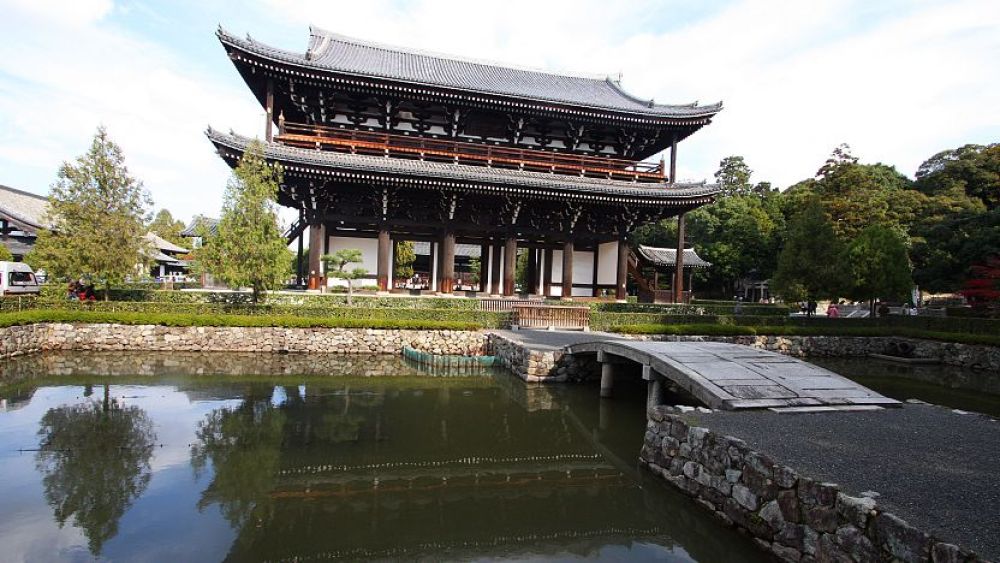

Tofukuji Temple, located in Kyoto, Japan, is one of the most significant Zen Buddhist temples of the country. Established in 1236 by the priest Enni, with the aid of his patron, Michiie Kujo, its name is a combination of two temples in Nara - Todaiji and Kofukuji, as a gesture of ambition to surpass them in grandeur and religious importance.
The temple's rich history and its relevance in Japan's cultural and architectural domains have been a magnet for local and international visitors. It boasts a large precinct with numerous sub-temples and is renowned for its stunning autumn foliage, making the fall season one of the peak times for tourism annually.
Tourism at Tofukuji Temple began modestly, with mostly practitioners of Zen and academics interested in its library of classical texts and artifacts. However, as Kyoto became recognized for its cultural heritage sites, tourists began flocking to the city with Tofukuji Temple becoming a significant attraction.
Dating back to the Edo period (1603-1868), the temple became known among travelers for the iconic Sanmon gate, which is the oldest Zen gate of its kind and is designated as an Important Cultural Property of Japan. Its panoramic views of Kyoto made it a popular spot for historic sightseeing tours.
Post World War II, as Japan opened itself up to the world, Tofukuji Temple saw a surge in tourism. The temple was featured in travel guides as a must-see destination, particularly during the autumn months. The Japanese government's efforts to promote cultural heritage in the latter half of the 20th century further propelled Tofukuji Temple into the limelight.
Many tourists are drawn to the temple's exquisite gardens designed by the famous landscape architect Mirei Shigemori in the 1930s. The gardens were designed in both traditional and modern styles, creating a synthesis that reflects the temple's blend of historic discipline with contemporary relevance.
In the age of social media, the temple's seasonal beauty, especially its fiery autumn maples contrasted by the moss garden's serene greens, has become a photogenic symbol of Kyoto. Visitors often share their experiences online, which stimulates a continuous interest in the temple.
To manage the growing number of tourists and to preserve the serenity of the place, Tofukuji Temple has implemented measures such as designated paths for viewing and the selling of timed entry tickets during peak seasons.
The latest trend in tourism at Tofukuji Temple also includes guided tours which offer insights into the Zen practices and architectural significance of the temple complex. Furthermore, the recent push for experiential tourism has seen a rise in visitors participating in Zen meditation sessions, tea ceremonies, and cultural workshops.
Today, Tofukuji Temple stands as a testament to Kyoto's historical allure, boasting decades of welcoming tourists from around the globe. As an emblem of spiritual serenity and cultural fascination, the temple continues to adapt to modern trends while maintaining its timeless appeal, ensuring its place in the annals of global tourism history.